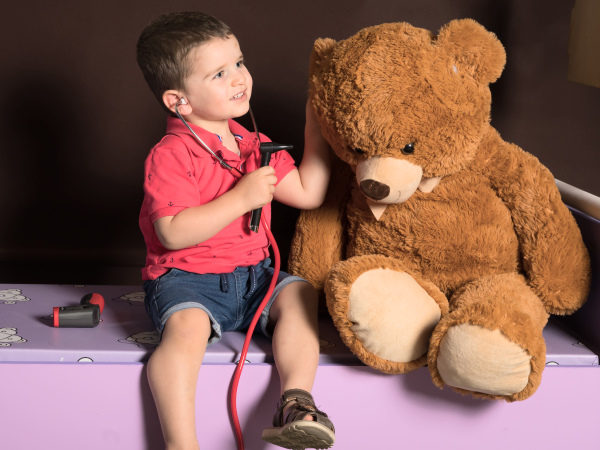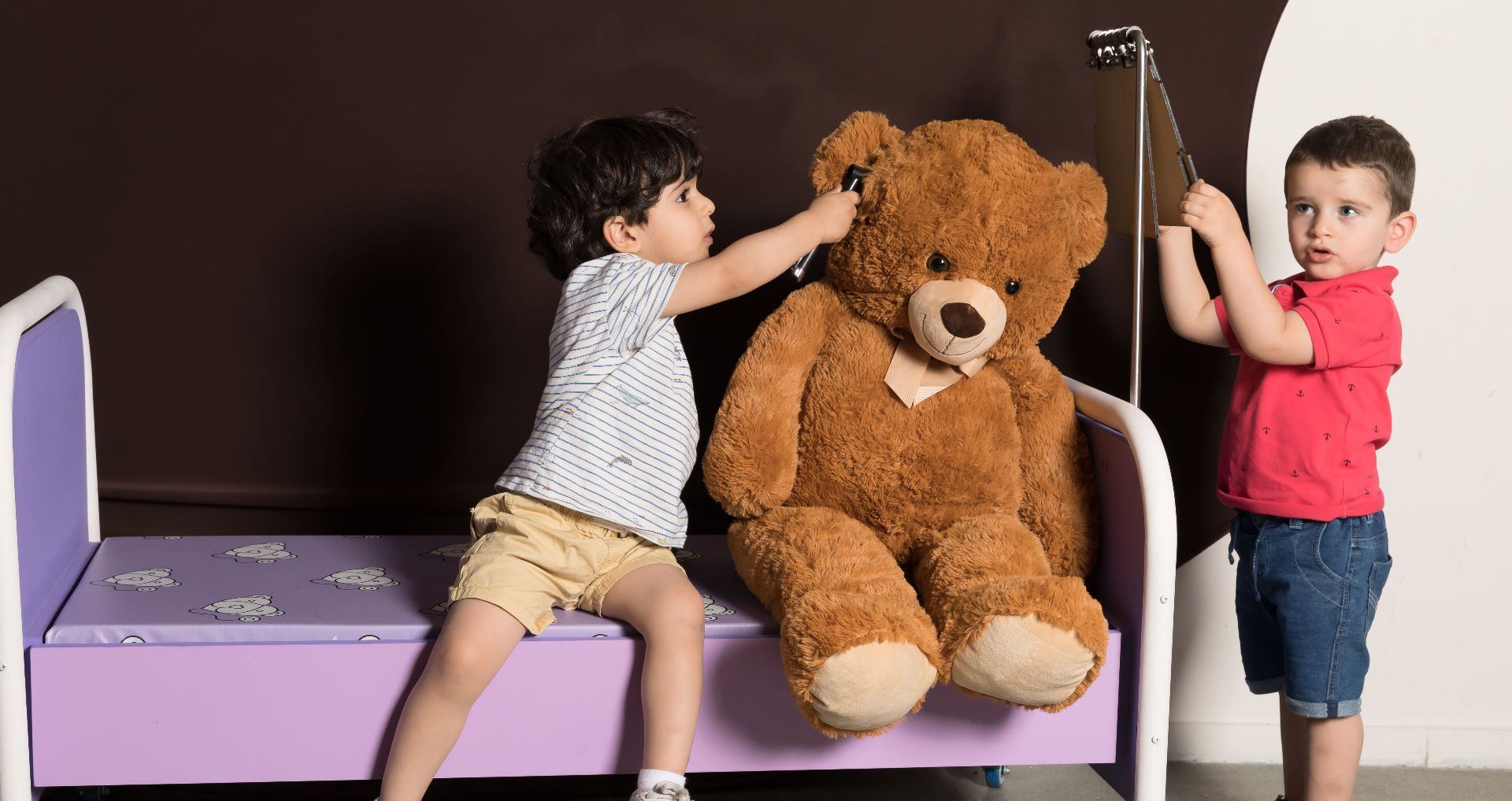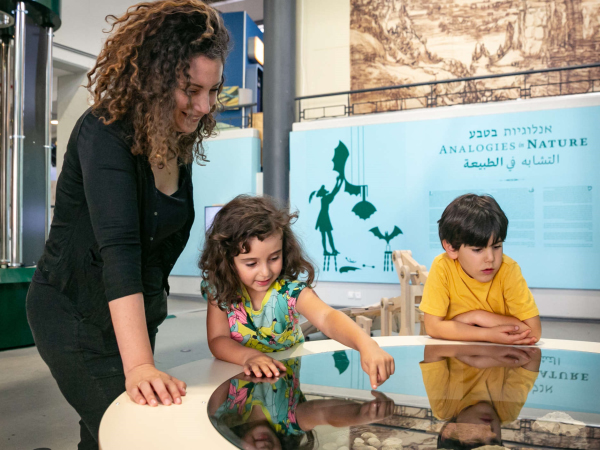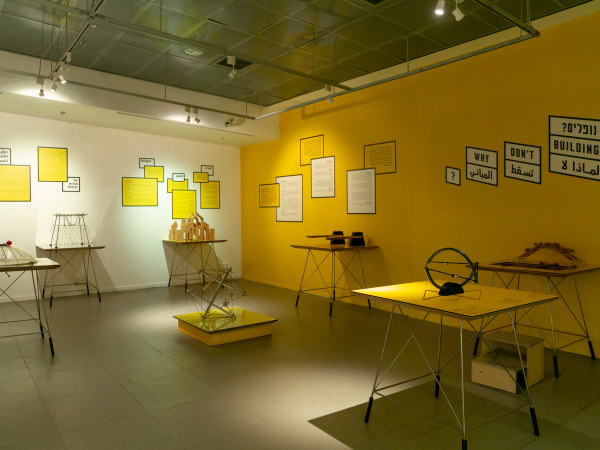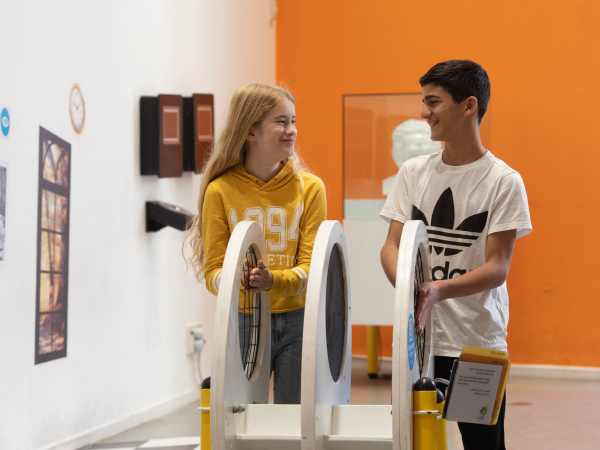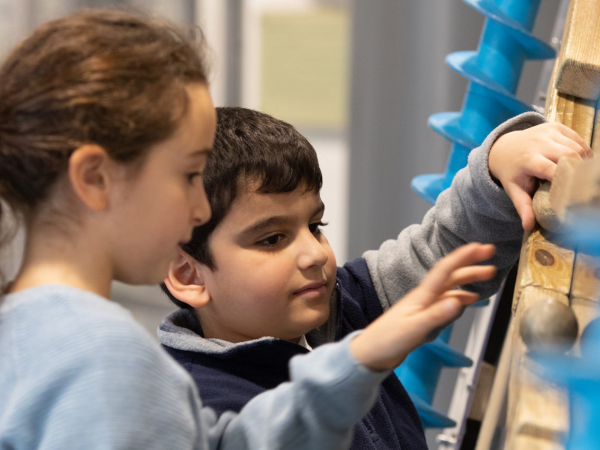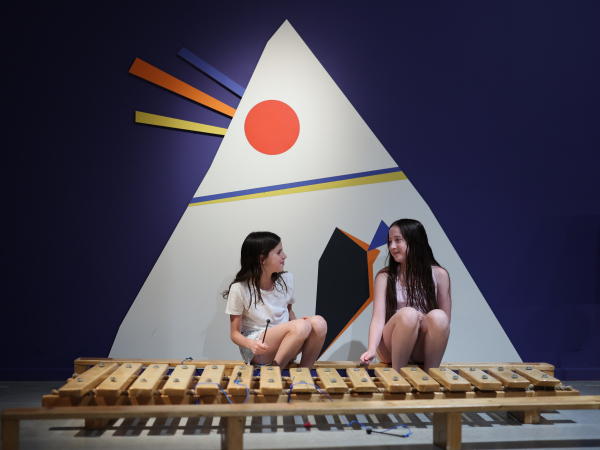About the Exhibition
Have you ever asked yourself what the ear doctor sees as she looks inside your ear, or why the eye doctor keeps blinding you with a penlight?
Going to the doctor is something most kids are familiar with, and for some – it can be a daunting experience. In the museum’s Teddy Bear Hospital, our young visitors assume the role of doctors and check up on the sick bears.
Whether it’s a sore throat, a racing heart, or a feeling of tiredness – our lovable teddy bears have a myriad of reasons for visiting the hospital, and surprising ways to demonstrate their symptoms.
Role reversal and playing with familiar doctor’s tools introduce children to different bodily functions and help to alleviate their fears of doctors.
They may even start to like doctors, and get interested in their fascinating world. Studying and experimenting with teddy bears help children understand the crucial role of medical technology in helping doctors examine, measure, and diagnose correctly.
Teddy Bear Hospitals is a common practice around the world, and it aims to help children reduce their fear of doctors and medical instruments through play.
The Bloomfield Science Museum’s Teddy Bear Hospital offers a unique play experience by bringing the teddy bears “alive” with sensors, engines, responsive materials, tiny computer screens, and other implanted devices.
The Teddy Bear Hospital Workshop is aimed at children ages 4-8. The children receive a short explanation and are then equipped with a white coat and a medical form they are instructed to fill out after diagnosing the teddy bears.
Each young visitor, accompanied by his or her family, checks up on the teddy bears by following written instructions in the workshop’s seven treatment stations. Guidance and assistance are provided by the museum’s workshop instructors.
In each station, the visitors get a short explanation of the medical checkups being run as well as the history and the technology of the medical devices used.
The checkups are familiar to most children in their first years, and are divided into seven treatment stations:
- Using a stethoscope to listen to two teddy bears’ hearts.
- Using an otoscope to examine a teddy bear’s ears.
- Using a penlight to examine a teddy bear’s eyes.
- Using tongue depressors and swabs to examine a teddy bear’s throat.
- Using a reflex hammer to check the teddy bear’s reflexes.
- “Tipat Halav” – a well-baby clinic for baby bears.
- Using a thermometer to take a teddy bear’s temperature.
